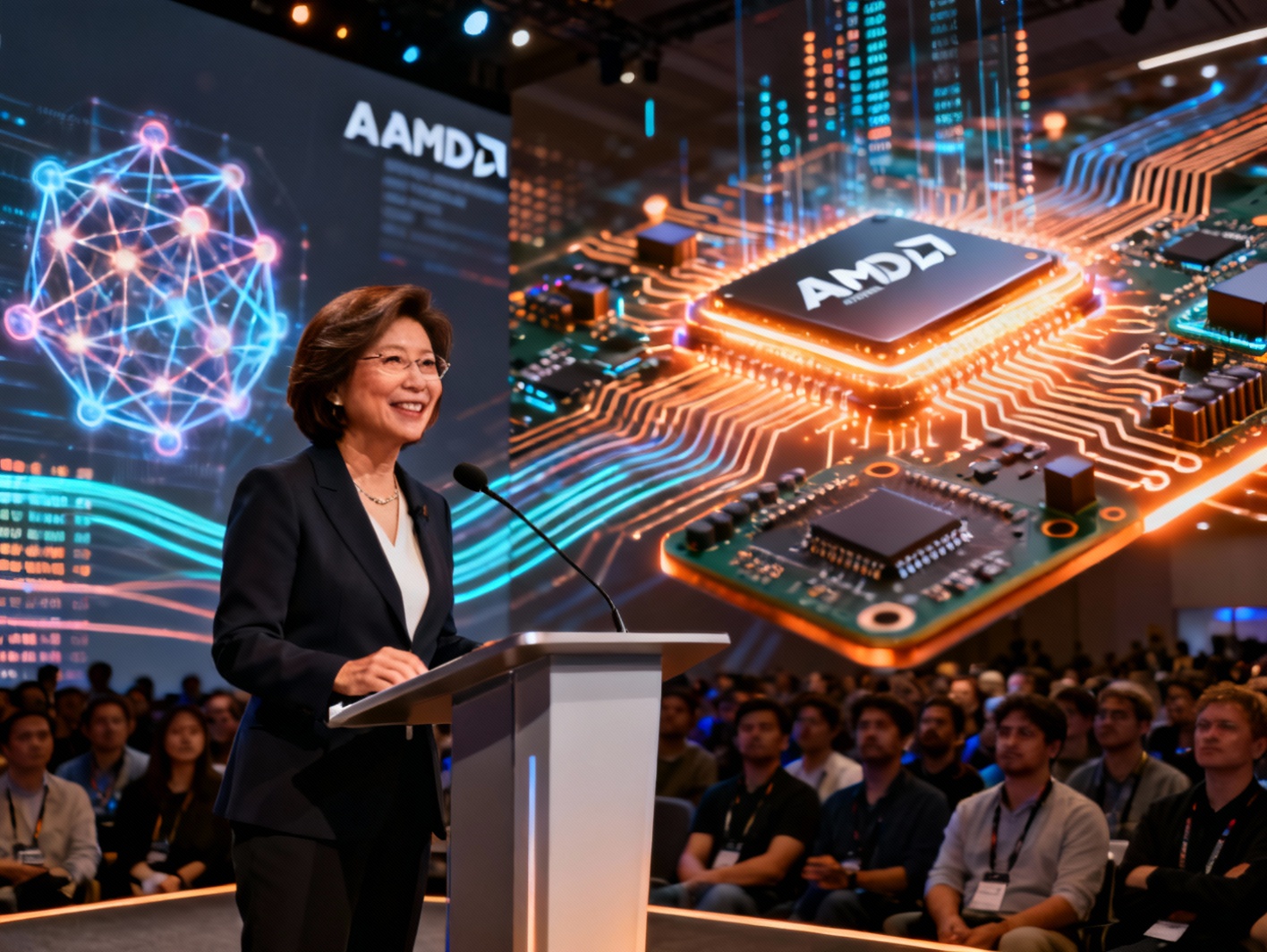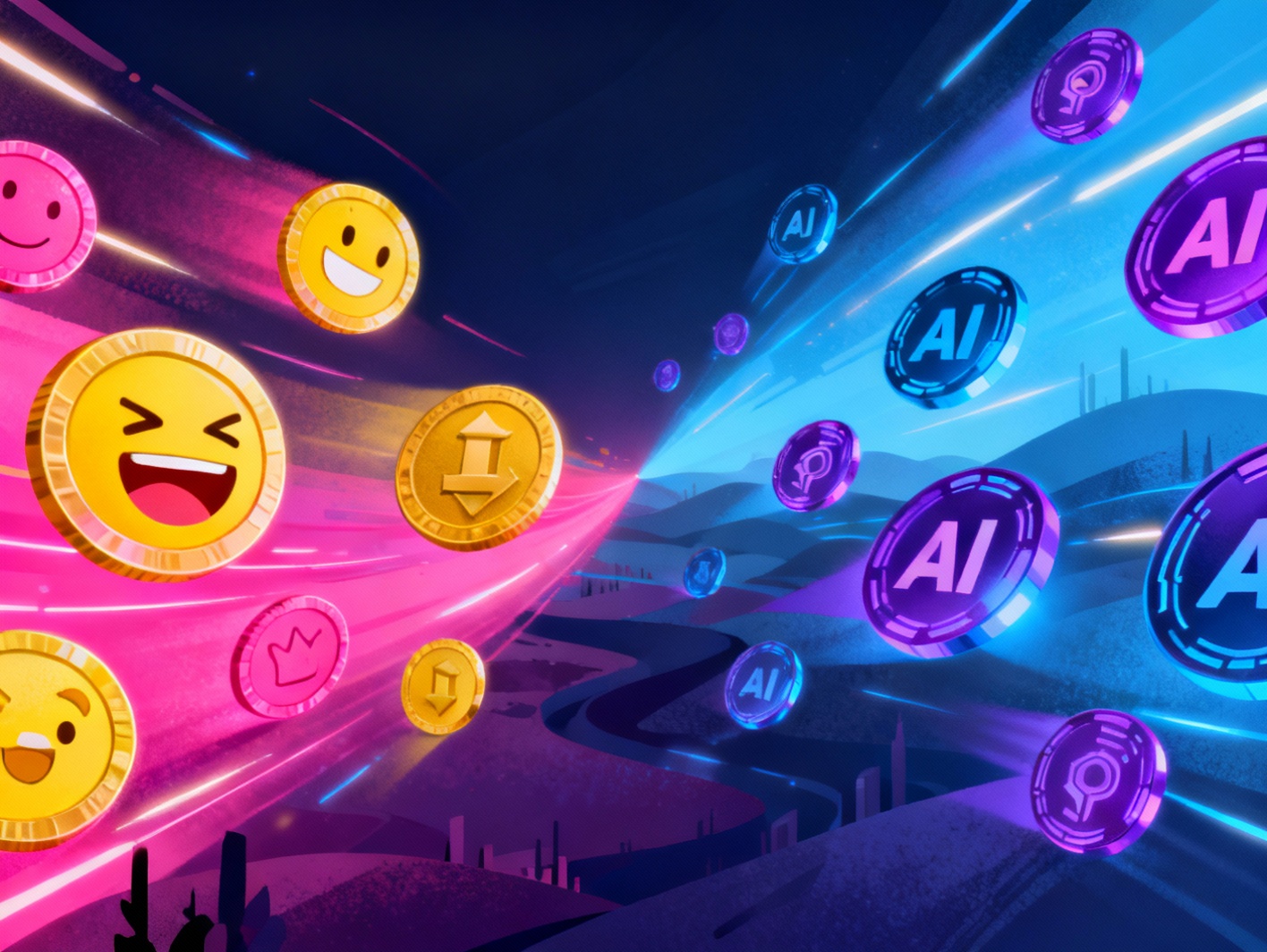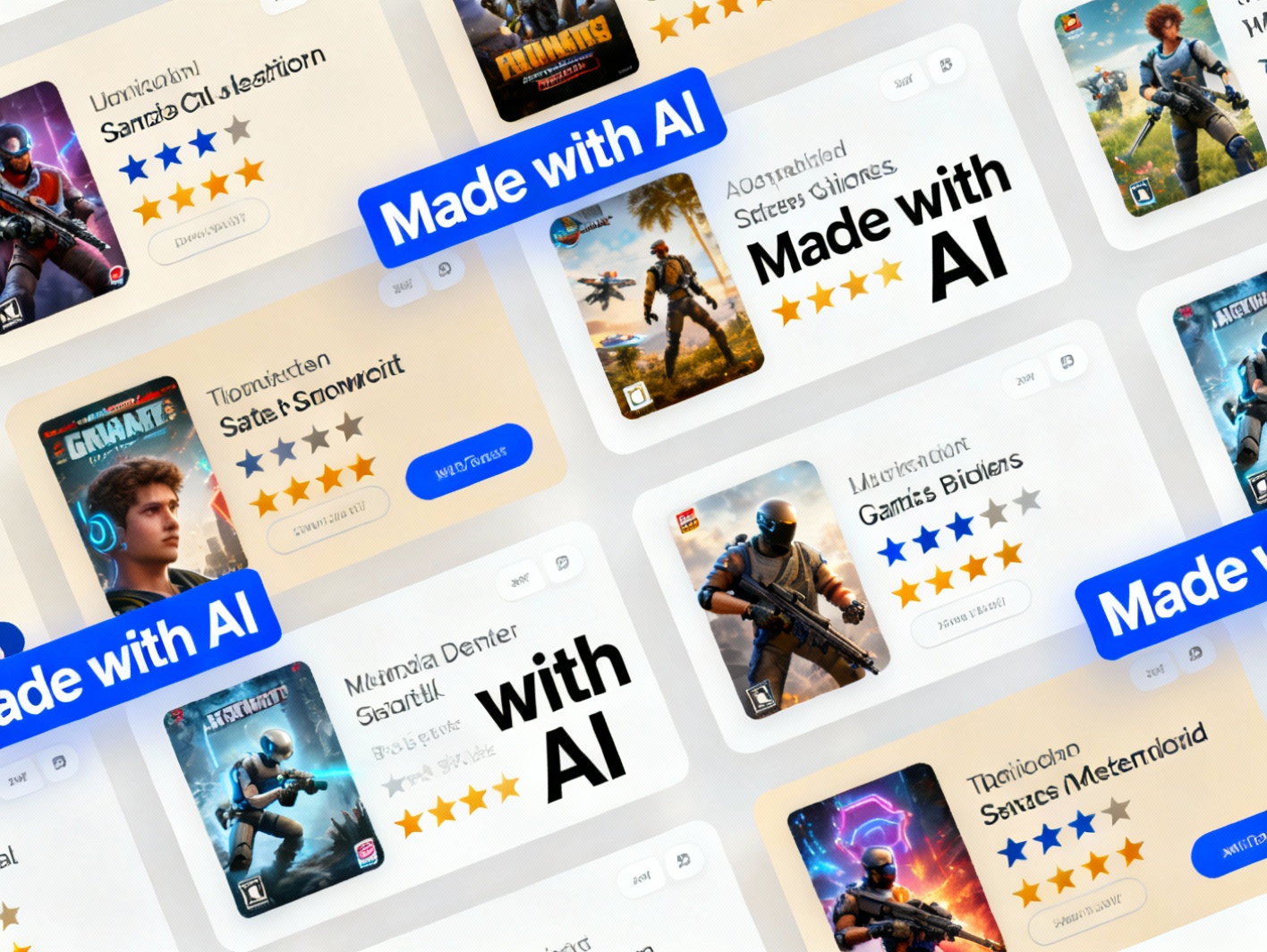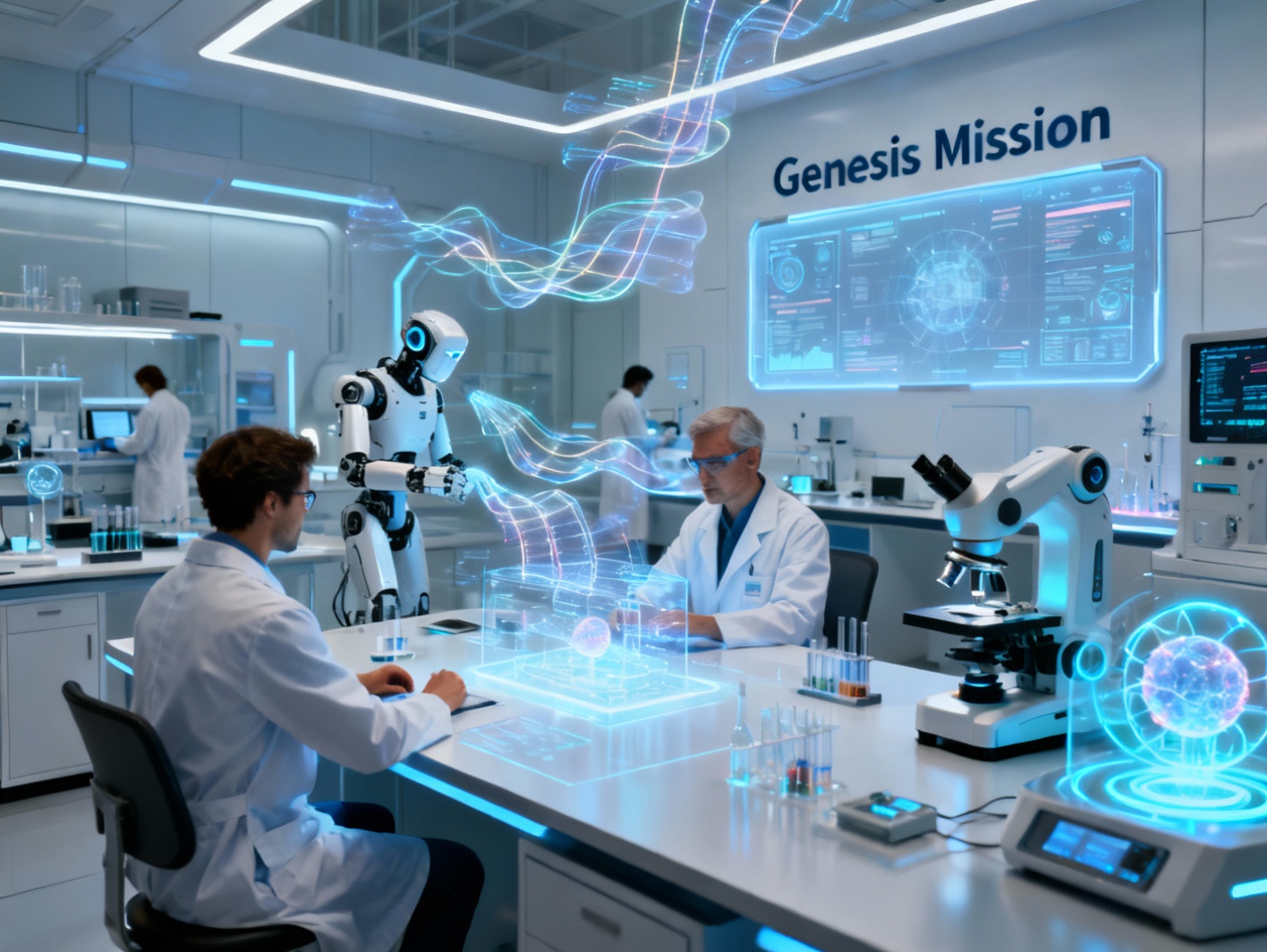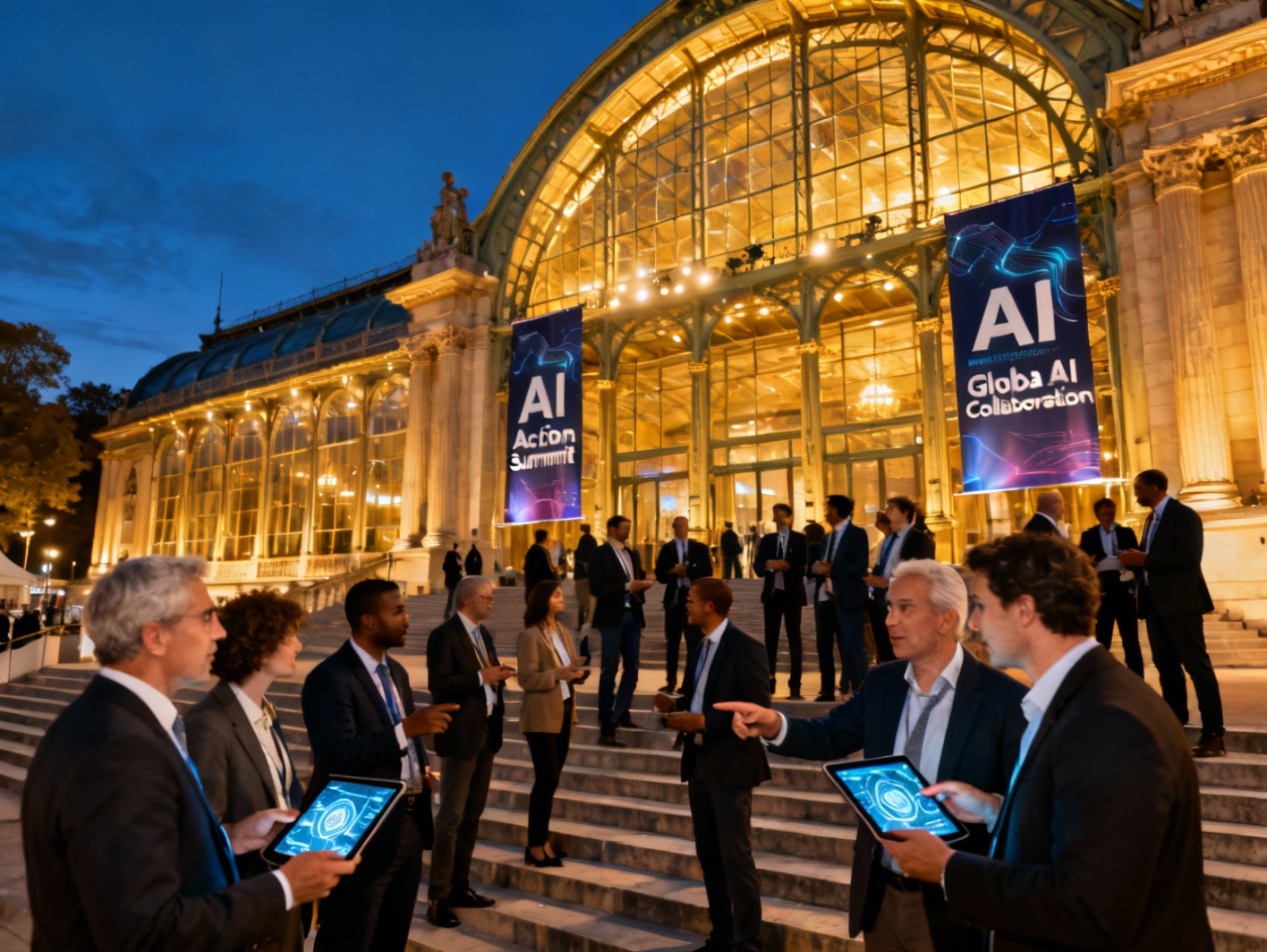Table of Contents
Adobe has recently launched a suite of AI agents intended to revolutionize how brands interact with customers on their digital platforms. These intelligent tools mark a major leap forward in the evolution of digital marketing, going far beyond simple automation. Harnessing machine learning and natural language processing, Adobe’s AI agents aim to address critical issues such as low engagement, ineffective personalization, and high manual labor costs associated with traditional digital marketing tasks. This article explores how these AI agents are reshaping personalized marketing, enabling businesses to deliver smarter and more engaging customer experiences in an increasingly competitive landscape.
Introduction to Adobe’s AI Agents
Adobe’s newly introduced AI agents are powerful tools designed to streamline and personalize user interactions across digital touchpoints. These AI entities leverage advanced data analytics, behavior recognition, and generative capabilities to optimize how customers are engaged on websites. At their core, these agents are built to handle complex customer journeys, provide assistance in real time, and deliver content that resonates with each individual customer. One of the key features is their ability to process vast amounts of data instantly, understanding user intent and adapting their responses accordingly.
Traditional marketing strategies often involve siloed data, static content, and segmented campaigns that struggle to deliver consistent personalization. Adobe’s AI agents tackle these challenges by enabling marketing systems to become reactive and predictive rather than simply descriptive. For instance, instead of pre-programmed chatbot flows, Adobe’s agents use live user inputs and historical behavioral data to determine the most contextually appropriate replies or recommendations.
The significance of these developments is profound. In today’s increasingly digital-first world, customers expect immediate and meaningful experiences. Adobe’s AI solution empowers brands to meet these expectations with minimal human intervention. Beyond user satisfaction, this translates to better conversion rates, reduced bounce times, and a stronger brand presence. It also allows teams to focus on strategic planning and creativity, while the AI handles the contextual and repetitive tasks effectively.
Enhancing Personalization Through AI
One of the most impressive capabilities of Adobe’s AI agents is their aptitude for creating hyper-tailored marketing experiences based on individual user behavior. By tracking and learning from how each visitor interacts with a brand’s website—such as time spent on certain pages, the type of content they engage with, or their previous purchasing history—these AI agents adapt their messaging and suggestions in real time.
For example, a first-time visitor might be shown an introductory product tutorial or a special onboarding discount, while a returning customer might see content based on their browsing habits or items left in their shopping cart. Similarly, users identified as high-intent buyers might be shown limited-time offers to incentivize immediate action, whereas more casual browsers could receive informational content to gradually nurture their interest.
This ability to distinguish between various user profiles enables brands to treat each user as a unique journey, rather than part of a one-size-fits-all campaign. As a result, customer satisfaction improves because users feel understood and valued. Personalized experiences also result in longer site visits, greater interaction with content, and ultimately, higher chances of conversion.
Instead of manually segmenting audiences, marketers can rely on the AI agents to do this in real time. This dynamic personalization goes beyond demographics, incorporating psychographics, intent signals, and behavioral data, making targeting more meaningful and effective.
Streamlining Marketing Operations
Integrating AI agents into marketing infrastructures enables powerful automation capabilities that significantly boost team efficiency. Adobe’s AI agents are built to manage repetitive tasks such as chatbot communications, content recommendation, and even campaign adjustments—functions that previously required dedicated team hours or extensive pre-defined workflows.
For instance, Adobe’s agents can dynamically generate personalized email content based on user interactions recorded on a website. If a user browsed camping gear but didn’t convert, the AI might automatically generate a follow-up email with product comparisons or user reviews. This not only saves time but ensures that the communication remains timely and relevant.
Chatbot automation gains a major upgrade as well. Unlike static bots with canned responses, these AI agents understand natural language nuances and can extract context from extended user interactions. This enables them to deliver more coherent and helpful answers, often resolving queries without escalation to human agents.
From a resource allocation perspective, this automation means smaller marketing teams can do more with less. By letting AI handle operational duties, marketing professionals can redirect their focus toward strategy, creative storytelling, and campaign innovation—all aspects that AI still finds difficult to replicate. This shift improves both the quality and speed of marketing initiatives, giving brands a competitive edge in reacting to market changes.
Comparative Analysis with Traditional Marketing Tools
When comparing Adobe’s AI agents to traditional digital marketing tools, the differences are both functional and philosophical. Traditional tools—such as rule-based email software, basic segmentation platforms, or canned-response chatbots—operate largely on predefined rules. Adobe’s AI-infused system, on the other hand, continuously learns and evolves based on data inputs, enabling dynamic and on-the-fly decision-making.
One major advantage of Adobe’s approach is adaptability. With machine learning embedded into its core, Adobe’s AI agents can identify emerging patterns, adjust recommendations, and optimize the user journey in real time. Traditional tools, in contrast, often require manual revisions, A/B testing, or updated targeting protocols to keep pace with audience shifts.
Another key distinction lies in the depth of personalization. While older platforms may offer basic targeting—such as age or location-based outreach—Adobe’s AI agents leverage identity graphs, behavioral analytics, and contextual relevance to create fluid user experiences that change with each interaction.
However, there are also limitations to consider. AI-driven systems require large datasets to perform optimally, which could be a challenge for smaller companies with limited audience data. There are also concerns about interpretability—understanding how the AI made a specific decision—which can impact trust and transparency.
Despite these challenges, the advantages—such as greater responsiveness, improved targeting accuracy, and scalability—make Adobe’s AI agents a multifaceted upgrade over traditional systems. Still, companies must evaluate their technical maturity and readiness before fully transitioning.
Future Implications for the Digital Marketing Landscape
The integration of AI into digital marketing represents more than just a technological shift—it hints at a broader transformation in how brands build and maintain relationships with their customers. As Adobe and other industry leaders push these capabilities forward, several key trends are likely to emerge.
One such trend is the rise of adaptive marketing ecosystems. In these systems, strategies no longer follow linear campaign paths but instead evolve with user behavior in a continuous feedback loop. Real-time analytics and AI-driven optimizations could become default features of future marketing platforms.
Another important development is increased cross-channel consistency. AI agents can maintain tone, style, and message relevance across emails, social media, websites, and mobile apps without repetitive setup. This makes for smoother customer journeys and reduces fragmentation in brand communication.
However, widespread AI usage in marketing also brings new challenges. Data privacy will become an even hotter topic, with customers demanding greater control over what brands can and cannot track. Transparency and ethical AI practices will likely become regulatory requirements. Furthermore, marketers will need to upskill, learning how to collaborate with intelligent systems and interpret AI-generated insights.
On the flip side, the opportunities are immense. Improved retention rates, reduced cost per acquisition, and smarter content strategies all point to a future where marketing is more human in its relevance, thanks to the power of machines. Adobe’s commitment to AI showcases what’s possible when creativity and intelligence are combined to form deeply personalized brand stories.
Conclusions
Adobe’s deployment of AI agents marks a turning point in the evolution of digital marketing. These tools move beyond traditional automation by introducing intelligence capable of understanding and delivering unique experiences for each user. By automating routine actions, refining personalization, and allowing real-time decision-making, Adobe is not only enhancing customer satisfaction but also redefining the operational frameworks of marketing teams. As more brands begin to adopt AI-powered solutions, we’re likely to see a shift towards responsive, data-driven marketing that adapts seamlessly to customer needs. The future of brand engagement looks smarter, faster, and much more tailored—and Adobe’s AI agents are helping lead the way.
